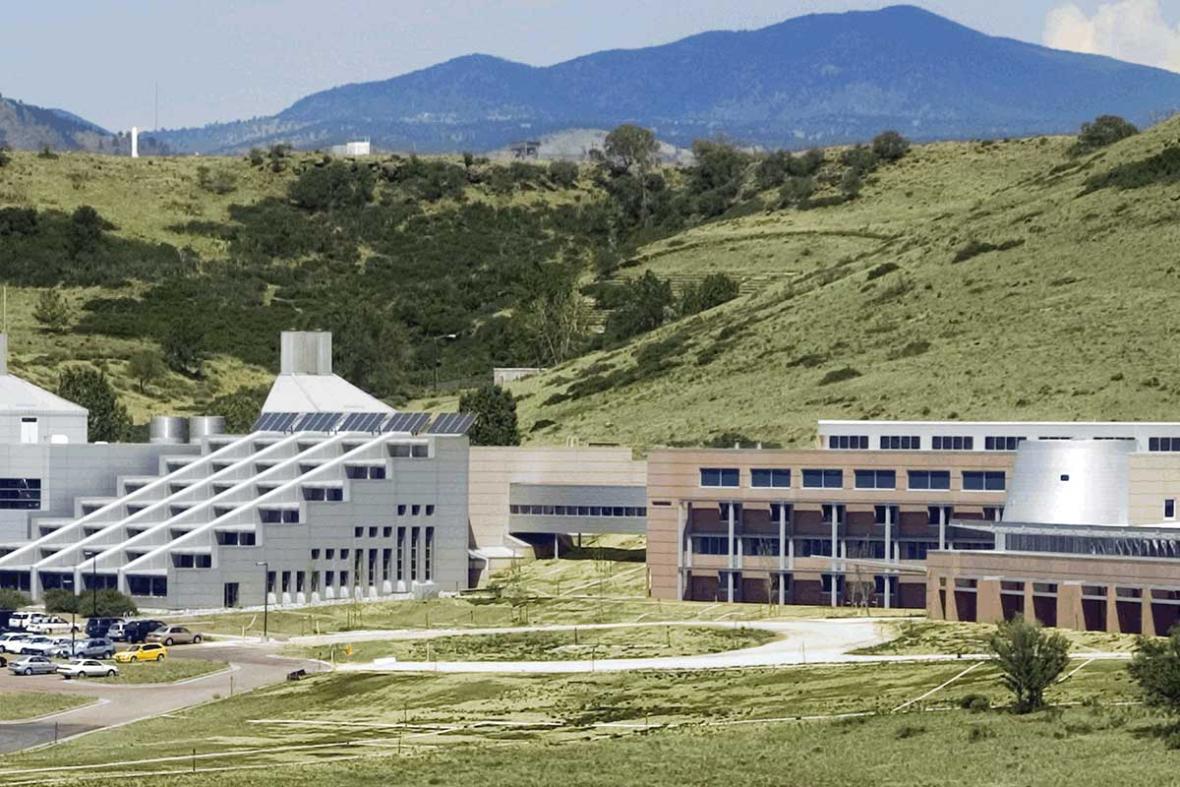What Are the Challenges of Integrating Renewable Energy into Existing Grid Systems?
The transition to sustainable energy systems is gaining momentum worldwide, driven by the urgent need to address climate change and ensure energy security. Renewable energy sources, such as solar, wind, and hydro, play a crucial role in this transition, offering clean and sustainable alternatives to fossil fuels. However, integrating these renewable energy sources into existing grid systems poses significant challenges that need to be addressed.

Challenges Of Integrating Renewable Energy Into Existing Grid Systems:
Intermittency And Variability:
- Renewable energy sources like solar and wind power are inherently variable and intermittent, meaning their output can fluctuate rapidly and unpredictably.
- This variability poses challenges in balancing grid demand and supply, as the grid needs to be able to accommodate sudden changes in renewable energy generation.
- Grid disruptions can occur when there is a mismatch between renewable energy generation and demand, leading to voltage fluctuations and even blackouts.
Transmission And Distribution Infrastructure:
- Integrating large-scale renewable energy sources requires upgrading and expanding transmission and distribution infrastructure to accommodate increased renewable energy flows.
- Renewable energy sources are often located in remote areas, far from existing grid infrastructure, making it challenging and costly to connect them to the grid.
- Technical and financial constraints associated with grid expansion and reinforcement can hinder the integration of renewable energy.
Grid Stability And Reliability:
- Maintaining grid stability and reliability is crucial, especially with the increasing penetration of intermittent renewable energy sources.
- Fluctuating renewable energy generation can cause voltage and frequency variations, which can destabilize the grid and lead to power outages.
- Grid-scale energy storage systems are needed to mitigate the intermittency of renewable energy sources and ensure grid stability.
Market Integration And Policy Frameworks:
- Integrating renewable energy into existing electricity markets, which were designed for traditional fossil fuel-based generation, poses challenges.
- Policy frameworks need to be developed to incentivize renewable energy development, ensure fair competition in the energy market, and address the interests of renewable energy producers, consumers, and grid operators.
- Balancing the interests of these stakeholders is crucial for successful renewable energy integration.
Cybersecurity And Resilience:
- The integration of renewable energy sources and distributed energy resources increases cybersecurity risks to the grid.
- Protecting grid infrastructure from cyberattacks and ensuring the resilience of renewable energy systems are critical challenges.
- Robust cybersecurity measures and coordination among grid operators and renewable energy stakeholders are essential for mitigating these risks.
Strategies And Solutions:
- Smart grid technologies, demand-side management programs, and energy storage systems can improve grid flexibility and reliability, enabling better integration of renewable energy.
- Successful case studies and best practices from around the world provide valuable insights into effective renewable energy integration strategies.
- Collaboration among policymakers, grid operators, renewable energy developers, and consumers is crucial for overcoming the challenges and achieving a sustainable energy future.
Integrating renewable energy into existing grid systems is a complex and challenging task, but it is essential for achieving a sustainable energy future. By addressing the challenges and implementing effective strategies, we can pave the way for a clean, reliable, and resilient energy system that meets the needs of present and future generations.
YesNo

Leave a Reply